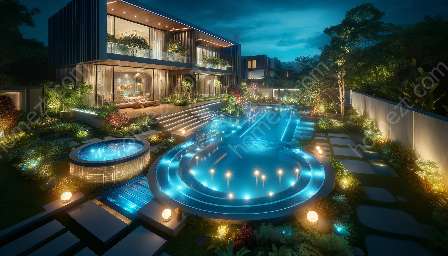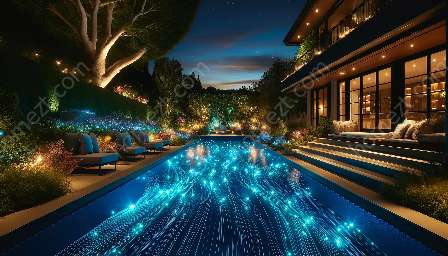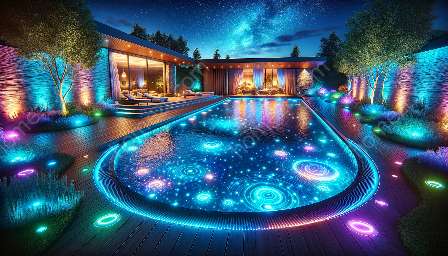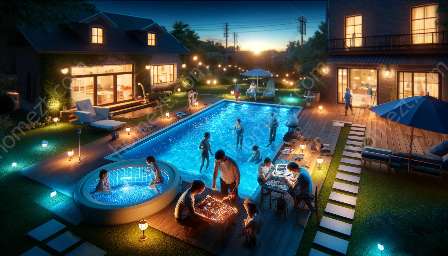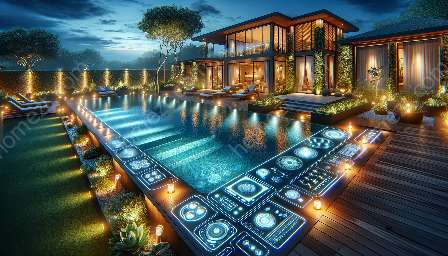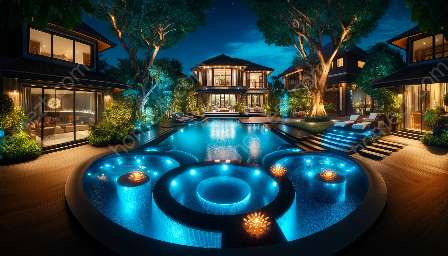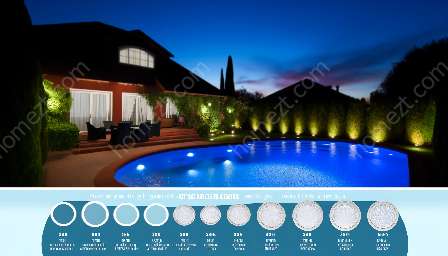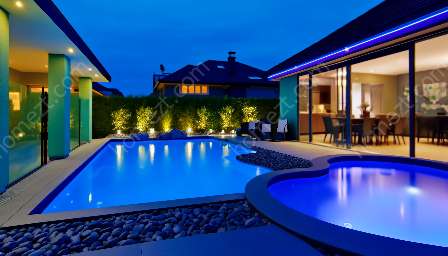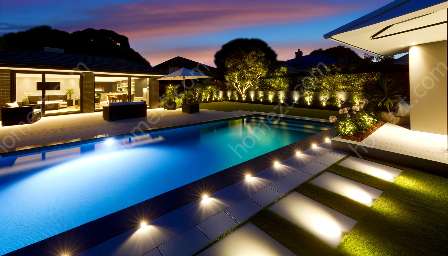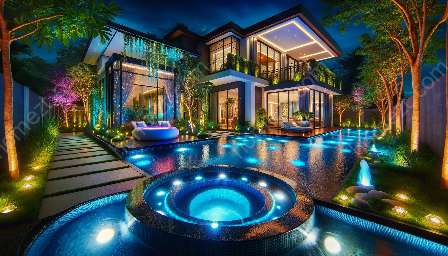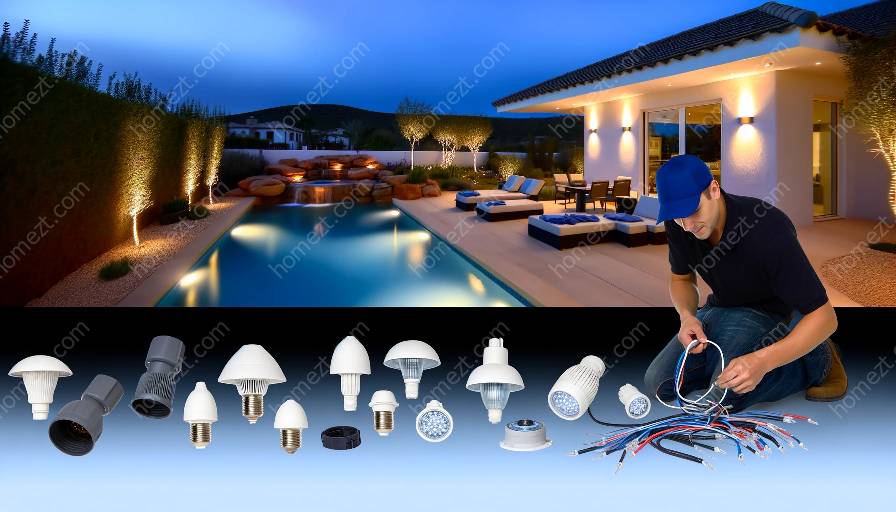Pool lighting adds ambiance and enhances safety around swimming pools and spas. Proper wiring is crucial for the safe and effective operation of pool lights. In this comprehensive guide, we will delve into the topic of pool light wiring, covering everything from the types of pool lighting to the installation process and safety considerations.
Types of Pool Lighting
Before diving into the wiring process, it's essential to understand the different types of pool lighting available. There are several popular options:
- LED Pool Lights: LED lights are energy-efficient and can change colors, offering versatility in creating the desired pool ambience.
- Halogen Pool Lights: These lights provide bright illumination and are often used in traditional pool designs.
- Fiber Optic Pool Lights: Fiber optic lights offer a unique and customizable lighting experience, with the added benefit of being safe to use around water.
Understanding Pool Light Wiring
Wiring pool lights requires careful consideration of both electrical and safety factors. Here are the essential aspects to understand:
- Electrical Requirements: Different types of pool lighting have specific electrical requirements, so it's crucial to choose the right wiring and power source to ensure proper functionality.
- Safety Considerations: Pool light wiring must comply with safety standards to prevent electrical hazards. GFCI (Ground Fault Circuit Interrupter) protection is essential to safeguard against electric shock. Additionally, all wiring should be installed in a waterproof conduit to protect against water exposure.
- Regulatory Compliance: Local regulations and codes may dictate specific requirements for pool light wiring. It's important to consult with a professional electrician to ensure compliance with all relevant standards.
Pool Light Wiring Process
While the specific wiring process may vary based on the type of pool lighting chosen, the general steps for wiring pool lights include:
- Planning and Design: Determine the placement of the pool lights and plan the wiring route, ensuring that it is away from areas prone to water exposure.
- Choosing the Right Wiring: Select the appropriate wiring, such as underwater-rated cables, for connecting the lights to the power source.
- Installing the Fixtures: Mount and secure the pool light fixtures in the designated locations, following manufacturer guidelines for proper installation.
- Connecting the Wiring: Carefully connect the wiring from the pool lights to the power source, ensuring that all connections are secure and waterproof.
- Testing and Inspection: After completing the wiring, conduct thorough testing to ensure that the pool lights function correctly. An inspection by a qualified electrician can provide additional peace of mind regarding the safety and compliance of the installation.
Safety Tips for Pool Light Wiring
When undertaking pool light wiring, prioritizing safety is paramount. Here are some crucial safety tips to keep in mind:
- Turn off Power: Before beginning any wiring work, always turn off the power to the pool lighting circuit to prevent the risk of electrical shock.
- Use Waterproof Components: Ensure that all wiring, fixtures, and connections are designed for underwater use and capable of withstanding water exposure.
- Seek Professional Assistance: If you're unsure or uncomfortable with any aspect of pool light wiring, it's best to consult with a qualified electrician to handle the installation process.
Conclusion
Properly wiring pool lights is essential for creating a safe, visually appealing pool environment. Understanding the types of pool lighting available, the wiring process, and the associated safety considerations is crucial for a successful installation. By following the guidelines and seeking professional assistance when needed, you can enjoy the benefits of well-lit and secure swimming pools and spas. Remember, safety should always be the top priority when working with electrical components near water.

